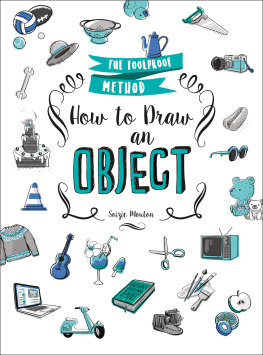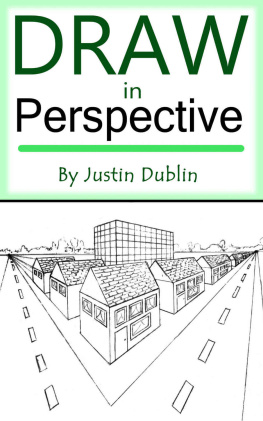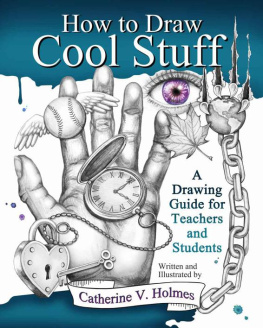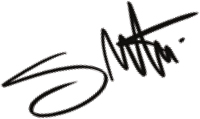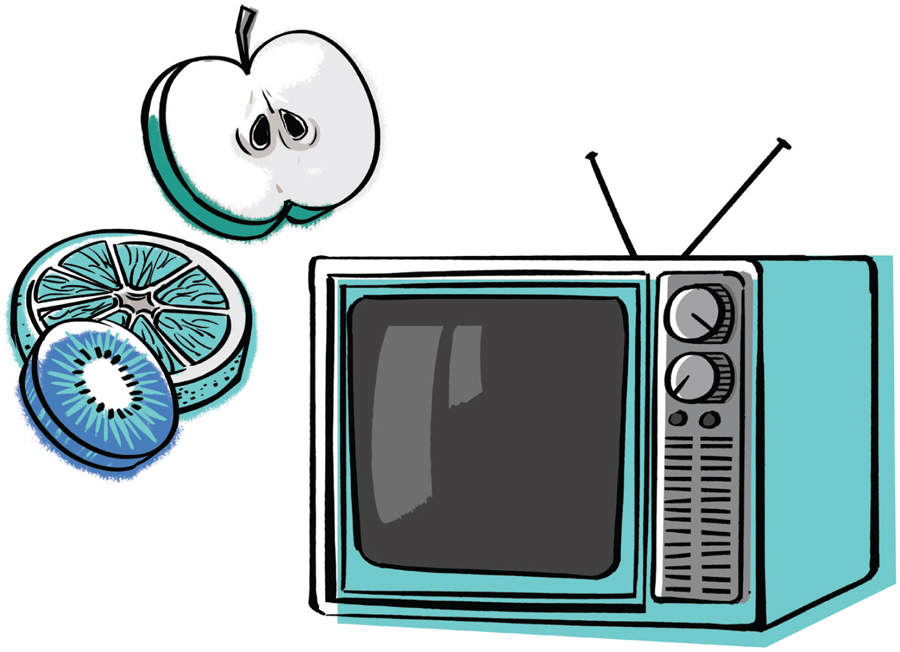Soizic Mouton - How to Draw an Object: The Foolproof Method
Here you can read online Soizic Mouton - How to Draw an Object: The Foolproof Method full text of the book (entire story) in english for free. Download pdf and epub, get meaning, cover and reviews about this ebook. year: 2018, publisher: St. Martin’s Griffin, genre: Art / Computer. Description of the work, (preface) as well as reviews are available. Best literature library LitArk.com created for fans of good reading and offers a wide selection of genres:
Romance novel
Science fiction
Adventure
Detective
Science
History
Home and family
Prose
Art
Politics
Computer
Non-fiction
Religion
Business
Children
Humor
Choose a favorite category and find really read worthwhile books. Enjoy immersion in the world of imagination, feel the emotions of the characters or learn something new for yourself, make an fascinating discovery.
- Book:How to Draw an Object: The Foolproof Method
- Author:
- Publisher:St. Martin’s Griffin
- Genre:
- Year:2018
- Rating:3 / 5
- Favourites:Add to favourites
- Your mark:
How to Draw an Object: The Foolproof Method: summary, description and annotation
We offer to read an annotation, description, summary or preface (depends on what the author of the book "How to Draw an Object: The Foolproof Method" wrote himself). If you haven't found the necessary information about the book — write in the comments, we will try to find it.
Learn to draw charming objects!
Filled with colorful illustrations and step-by-step explanations, How to Draw an Object is the perfect introduction to the art of sketching. The delightful illustrations are equal parts inspiration and tutorial and are sure to have even the shyest artists reaching for a sketchbook.
The book begins with simple explanations of drawing fundamentalshow to use perspective and draw basic shapes like cubes, cylinders, and cones. From there newly minted sketch artists will learn how to transform those simple components into realistic drawings. A cylinder becomes a many layered wedding cake festooned with frosting while a cone is transformed into a martini, a butterfly net, or a sea shell. Soon readers will see that even the most complicated drawing is really only a collection of these basic shapes.
The book also includes a range of more specific tips and tricks, such as how to mimic the drape of fabric when drawing clothes or adding texture. Soizic Moutons How to Draw an Object will give anyone whos ever wanted to learn to draw the confidence to pick up a pencil and begin!
Soizic Mouton: author's other books
Who wrote How to Draw an Object: The Foolproof Method? Find out the surname, the name of the author of the book and a list of all author's works by series.

